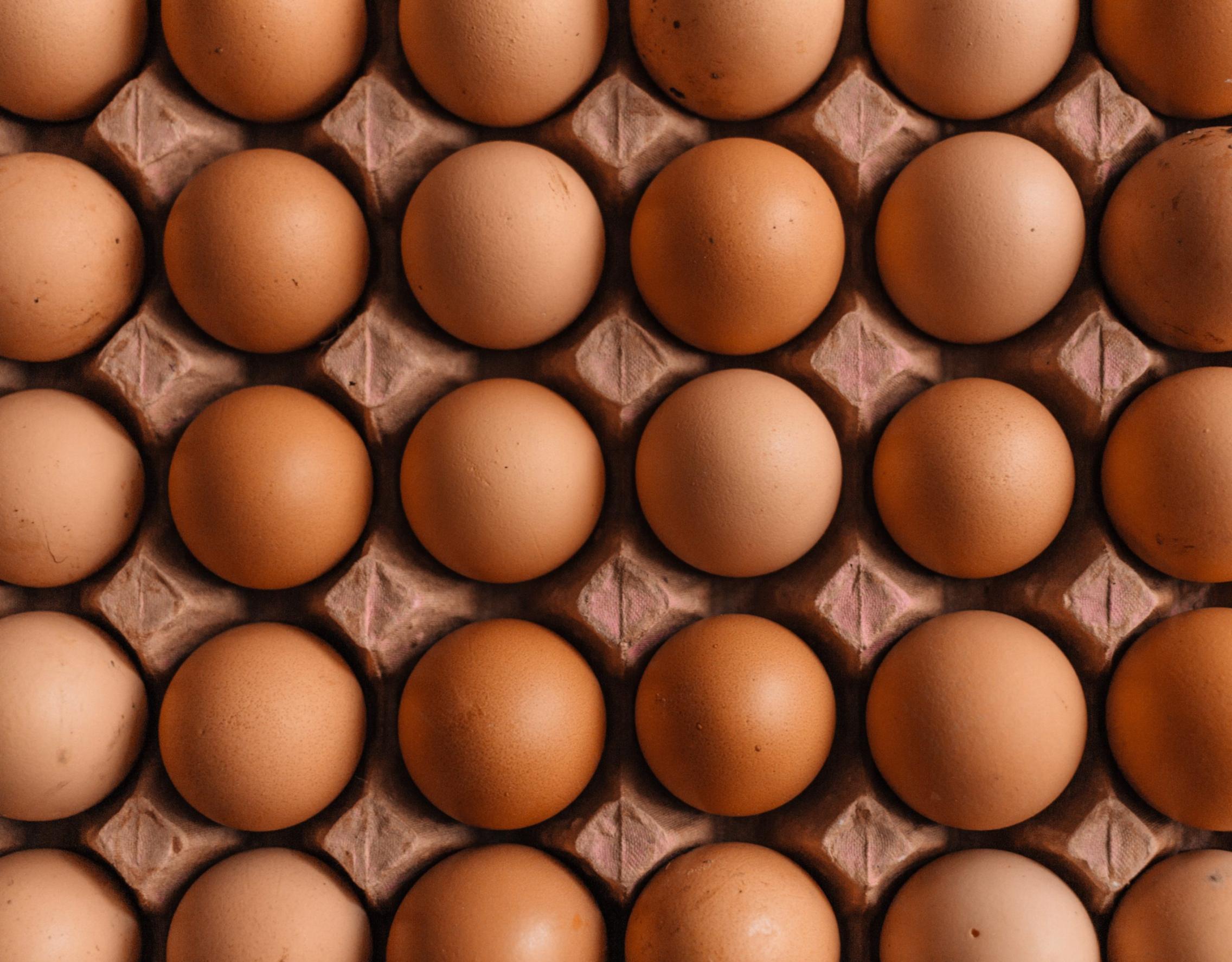What price eggs?

By Visiting Research Fellow Darryl Gobbett in conversation with SACES
Episode #5
BBQ in the early 70s.
[Goats bleating. Hens clucking]
[The Doctor compliments Aunty Mable on her sponge cake.]
Aunty Mable: “Thank you Doctor. But it was actually made by Mrs O’Neil, my neighbour. She and I have an arrangement when the Egg Inspector calls. Nice young chap and partial to a nice sponge too. When Beryl at the telephone exchange lets me know the Inspector is on his way, I push a few hens through Mrs O’Neil’s fence.”
Uncle Bert: “Come on Mable, it looks like a division in the Parliament when your hens are on the move. But I suppose yours still have their heads on.”
Aunty Mable: “The State Government has changed the rules again so I would have to pay a fee per hen if he reports I have more than 20.
When the Inspector goes over to the O’Neils, she gets her kiddies to shoo the hens back my way. They take home some eggs and she brings over a few sponges, what with the wheat and milk they can’t sell any more with the wheat quotas and dairy licensing. The O’Neils also started to use some of their excess wheat and milk to start pig production, so I will bring down some pork soon.”
[The Doctor asked why the State Government was wanting to restrict egg, wheat and dairy production. Uncle Bert picked up his cuppa and was about to respond but Aunty Mable continued.]
Aunty Mable: “By the way, Mrs O’Neil and I think these rules are not doing what the Government says they are meant to be doing and we are saving the Government money by having these hens and keeping you all supplied with eggs and sponges. And I told the Magistrate that when I went to court last time, they said I had 30 hens. Over a nice sponge, the Magistrate and I had a good discussion about how you can tell a rooster from a hen and if a hen is over six months old or not.”
Uncle Bert: “Well, Doctor, the egg legislation was originally not about restricting egg production. The Commonwealth and State governments have believed since Federation that they often need to intervene to have producers and employees get paid higher and more stable incomes better than the market may provide. So as the egg industry wanted better returns as competition was forcing prices down, the Commonwealth and State Governments agreed to set the wholesale price for eggs at a profitable level for producers.
The eggs are delivered to the State Eggs Boards and what weren’t sold into the local State market are exported, largely as pulped eggs and at the going overseas market prices which are usually lower than the regulated local price. What can’t be exported is stored. “
The Doctor: “So the producers get paid a lower price for what is exported?”
Uncle Bert: “No, the State Egg Boards bill the Commonwealth for the difference between the regulated wholesale price paid for all eggs and what they sell the eggs for and the other costs such as storage, pulping, marketing, the Egg Board members, the administration and inspection costs. The Australian taxpayers foot that bill and the consumers and manufacturers pay an above market price for eggs.
In 1970-71, in South Australia, licensed egg producers sold 19.4 million dozen to the Board at the regulated price of 33.3 cents a dozen. Thirteen million were consumed in SA at a retail price averaging around 60 cents and 6.3 million were exported at an average price of 12c. The net loss on the exports and storage was about $2 million, or about 10c a dozen across all eggs.”
Aunty Mable: “I told you Mrs O’Neil and I are helping reduce the tax payer burden by not selling our eggs to the Board.”
The Doctor: “So Bert, has this helped the small egg producer?”
Uncle Bert: “Depends how you look at It. The overall number of licensed producers has dropped by 40% since the mid-60s while their average number of hens has more than doubled, as has the number of producers with more than 10,000 birds. So, the arrangements seem to have forced out the small commercial producer and the taxpayer support is going increasingly to the bigger and likely lower cost producers.
But the volume of eggs from unlicensed back yard flocks seems to have surged. That could now be around 40% of the licensed egg production.
There is now talk of introducing egg quotas and with that will presumably come more inspection and licensing costs.”
Aunty Mable: “But Doctor, don’t you worry. The local CWA is putting together a new egg cookbook to help handle the surpluses and I should have a nice package of sponges, lamingtons and pavlovas for your next visit. You can take some for the Daleks. That should cheer them up.”
